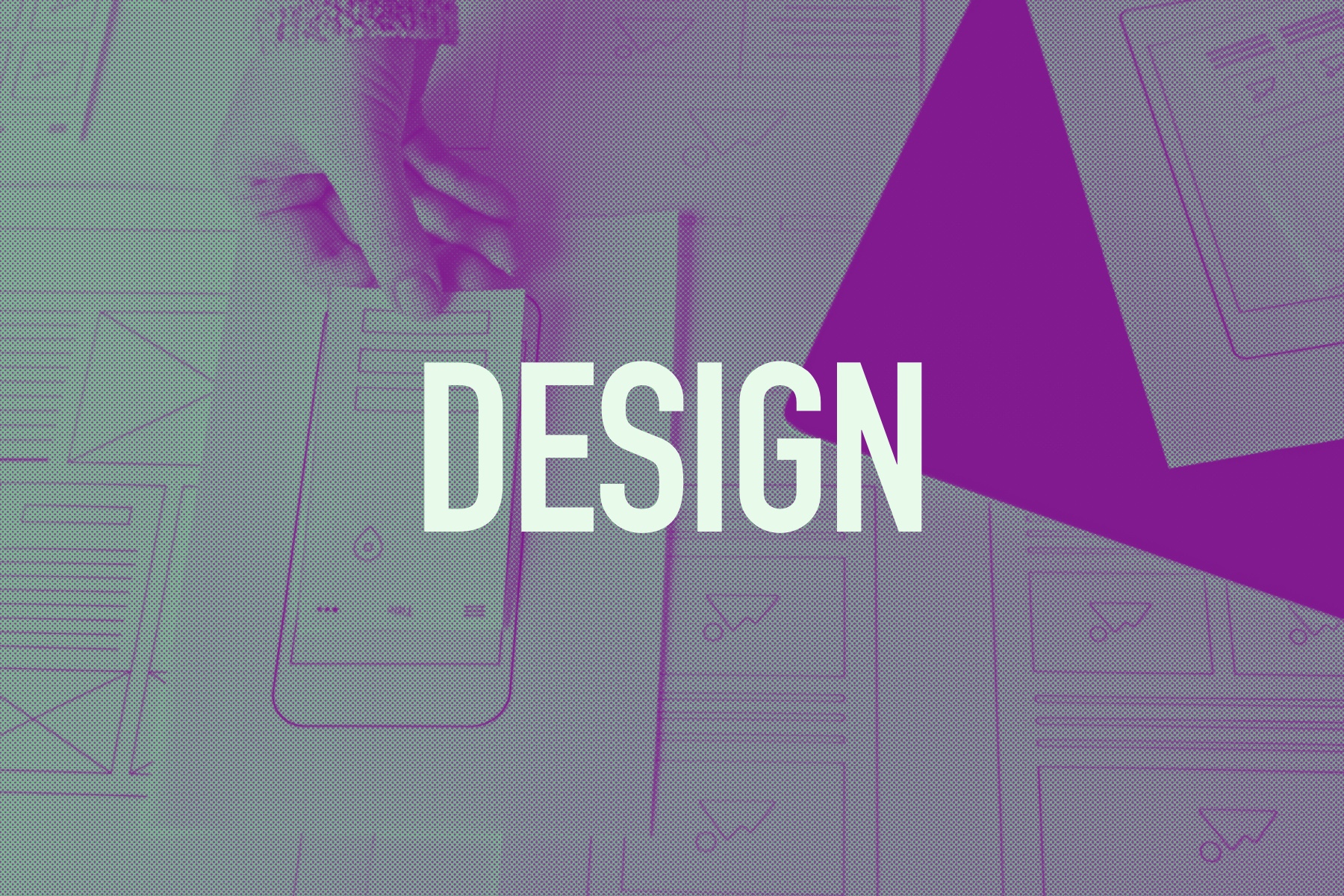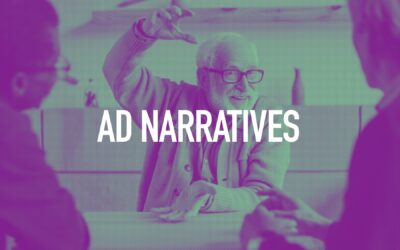Table of Contents
Introduction to Neuro-Driven Design
The inception of Neuro-Driven Design can be traced back to the amalgamation of ancient architectural principles and the understanding of human psychology, much before the term ‘neuroscience’ became a cornerstone of modern design paradigms. This fusion of knowledge is not a novel concept; rather, it is deeply rooted in the annals of history, where ancient civilisations like the Greeks, Romans, and Egyptians intricately wove the understanding of human perception and environmental interaction into their architectural marvels.
Ancient civilisations, through their monumental structures, not only showcased an advanced understanding of mathematics and engineering but also an implicit grasp of what modern scholars might term as ‘user experience’. For instance, the pyramids of Egypt, the coliseums of Rome, and the temples of Greece were constructed not only with a focus on durability and aesthetics but also with a keen insight into human interaction and social congregation spaces.
Greek architecture, in particular, introduced the concept of standardised rules, leading to aesthetically pleasing uniformity across ancient Greece, a principle that is echoed in today’s design standards for creating user-friendly and engaging digital interfaces. Roman architecture furthered these principles by innovating with structures that were designed to impress, entertain, and cater to the public, utilising arches and concrete to create expansive indoor spaces, akin to the modern emphasis on open, accessible web designs.
This historical backdrop sets the stage for understanding Neuro-Driven Design in the digital age. It underscores the importance of blending aesthetic appeal with functional usability, ensuring that modern websites and applications cater to their users’ innate preferences and behaviours.
Understanding the Human Brain in UI/UX Design
The integration of neuroscience into UI/UX design is a transformative approach that enhances the creation of digital experiences, making them more intuitive, engaging, and user-centric. This synergy between neuroscience and design focuses on understanding the fundamental ways in which users interact with digital environments, guided by the cognitive processes of the human brain.
Research and Understanding User Needs
The initial phase in the UI/UX design process involves deep user research to understand the target audience’s needs, behaviours, preferences, and challenges. This step is crucial for gathering insights that inform the design process, ensuring that digital products are tailored to meet users’ expectations effectively. Techniques such as interviews, surveys, and observations are employed to collect data that shapes the development of user personas and user journey maps, guiding designers towards creating experiences that resonate with the audience.
Visualising Interfaces and Interactions
Following research, designers move on to visualising the interface and its interactions through wireframes and prototypes. Wireframes act as the blueprint, outlining the structure and layout of the interface, while prototypes provide a more detailed and interactive representation of the final product. This iterative process allows designers to refine their concepts based on feedback, ensuring the final design is both functional and user-friendly.
Usability Testing and Iterative Improvements
Usability testing is a critical component of the UI/UX design process, allowing designers to identify and address any usability issues. Through iterative testing with real users, designers can make informed adjustments to enhance the digital product’s usability, functionality, and overall user experience. This feedback loop is essential for fine-tuning the product until it aligns perfectly with user needs and expectations.
The Impact of UI/UX on Business Success
A well-crafted UI/UX is instrumental in driving business success, significantly influencing conversion rates, user retention, and brand loyalty. By focusing on creating seamless, engaging user experiences, businesses can encourage users to complete desired actions, such as making a purchase or signing up for a service, leading to higher conversion rates. Furthermore, satisfying and enjoyable user experiences foster user retention and loyalty, contributing to the long-term success and growth of the brand.
In essence, the principles of UI/UX design rooted in an understanding of human cognitive processes and neuroscience offer a robust framework for creating digital products that not only meet user needs but also drive engagement and business success.
Principles of Neuro-Driven Design in UI/UX
Neuro-driven design integrates insights from neuroscience to create user interfaces (UI) and user experiences (UX) that are deeply aligned with the ways users process information, make decisions, and experience emotions. This approach leverages understanding from various cognitive science studies to inform design decisions, making digital products more intuitive, engaging, and effective. Here are some key principles of neuro-driven design and how they apply to UI/UX:
Cognitive Load Management
The human brain has a limited capacity for processing information, making cognitive load management a crucial aspect of UI/UX design. Neuro-driven design focuses on minimising unnecessary cognitive load to enhance user experience. This involves simplifying interfaces, using familiar patterns, and providing clear and concise information. By reducing cognitive strain, users can navigate and interact with digital products more effortlessly, leading to a more positive and productive experience.
Emotional Engagement
Emotions play a significant role in decision-making and memory. Neuro-driven design principles suggest that creating emotionally engaging experiences can significantly enhance user interaction with a product. This involves using colours, imagery, and messaging that evoke positive emotions, as well as designing for delight by incorporating micro-interactions and animations that surprise and engage users. Emotional design not only makes products more enjoyable but also fosters a stronger connection between the user and the brand.
Visual Hierarchy and Attention
Neuroscience research has shown that certain visual elements can attract attention more effectively than others. Neuro-driven design leverages this insight by establishing a clear visual hierarchy in the UI, guiding users’ attention to the most important information and actions. This can be achieved through the use of contrast, scale, colour, and spatial positioning.
Memory Considerations
Memory plays a crucial role in how users interact with and recall experiences with digital products. Neuro-driven design principles advocate for designing interfaces that support memory retention and recall. This includes creating consistent and predictable navigation structures, utilising icons and visual cues that help users remember how to perform tasks, and minimising the need for users to remember information from one part of the application to another.
Feedback and Reward Systems
Feedback is essential for guiding user interactions and providing a sense of control and predictability. Neuro-driven design incorporates immediate and clear feedback on user actions, which supports the learning process and reduces frustration. Additionally, integrating reward systems, such as gamification elements, can enhance motivation and engagement by tapping into the brain’s reward circuits.
Accessibility and Inclusivity
Considering the diverse ways in which people perceive and process information is fundamental to neuro-driven design. Designing for accessibility ensures that digital products are usable by people with a wide range of abilities, including those with visual, auditory, motor, or cognitive impairments. Inclusive design practices take into account variations in perception, cognition, and physical ability, making digital experiences more accessible and enjoyable for all users.
This approach leads to more intuitive, satisfying, and effective user experiences, ultimately contributing to the success of digital products in meeting user needs and achieving business goals.
Given the challenge of accessing specific current research studies or articles, these principles are grounded in well-established cognitive science and design theory, reflecting the core of neuro-driven design’s impact on UI/UX.
Future Directions
The journey of integrating neuro-driven design principles into UI/UX has illuminated the profound impact that a deep understanding of human cognition and emotion can have on digital product design. By grounding design decisions in neuroscience, UI/UX professionals can create more intuitive, engaging, and effective digital experiences that resonate on a deeper level with users.
Reflection on Neuro-Driven Design
Neuro-driven design transcends traditional design boundaries, offering a more nuanced and comprehensive approach to creating digital experiences. It bridges the gap between the technical aspects of design and the psychological underpinnings of user behaviour, preferences, and limitations. This fusion not only enhances the usability and accessibility of digital products but also amplifies their capacity to connect emotionally with users, fostering a sense of satisfaction and loyalty.
The Evolving Landscape of UI/UX Design
As technology continues to advance, the landscape of UI/UX design is set to evolve further. Emerging technologies such as artificial intelligence (AI), virtual reality (VR), and augmented reality (AR) are opening new frontiers for creating immersive and personalised user experiences. Neuro-driven design principles will play a crucial role in shaping how these technologies are harnessed to meet user needs effectively and empathetically.
Future Directions
The future of neuro-driven design in UI/UX is poised for growth, driven by several key trends:
- Increased Personalisation: Leveraging AI and machine learning to create highly personalised user experiences that adapt to individual user behaviours and preferences.
- Emotional AI: Integrating emotional AI technologies to better understand and respond to users’ emotional states, enhancing the emotional resonance of digital products.
- Accessible and Inclusive Design: A continued emphasis on making digital products accessible to all users, including those with disabilities, ensuring that design practices are inclusive and equitable.
- Integration of Biometric Data: Utilising biometric data to gain deeper insights into user responses and tailoring designs to optimise user engagement and satisfaction.
- Cross-Disciplinary Collaboration: Fostering collaboration between designers, neuroscientists, psychologists, and technologists to innovate new design methodologies that are grounded in a comprehensive understanding of human behaviour.
Final Thoughts
As we look towards the future, the principles of neuro-driven design offer a promising pathway to creating digital experiences that are not only technologically advanced but also deeply human-centric. By continuing to explore and apply insights from neuroscience, designers have the opportunity to innovate in ways that prioritise the well-being, satisfaction, and delight of users. The journey of neuro-driven design is an ongoing one, with each advancement bringing us closer to understanding the essence of human interaction with the digital world and how we can make that interaction more meaningful, accessible, and rewarding for everyone.
In conclusion, the application of neuro-driven design in UI/UX is not just a trend but a fundamental shift towards creating digital products that truly understand and cater to the human experience. As we move forward, the integration of these principles will undoubtedly continue to shape the future of design, leading to innovations that are as empathetic and inclusive as they are functional and beautiful.
FAQs on Neuro-Driven Design in UI/UX
What is Neuro-Driven Design in UI/UX?
Neuro-driven design in UI/UX refers to the practice of applying principles from neuroscience and psychology to design digital interfaces that are intuitive, engaging, and highly effective. It focuses on understanding how users process information, make decisions, and experience emotions, using this knowledge to create experiences that are better aligned with human cognitive and emotional processes.
How does Neuro-Driven Design benefit the User Experience?
Neuro-driven design enhances the user experience by creating digital products that are more intuitive and easier to navigate, reducing cognitive load and frustration. It also fosters emotional engagement by designing experiences that resonate on a deeper emotional level, leading to higher satisfaction, loyalty, and overall engagement with the product.
Can Neuro-Driven Design principles be applied to any digital product?
Yes, neuro-driven design principles can be applied across a wide range of digital products, from websites and mobile apps to software interfaces and digital kiosks. The key is understanding the specific needs, behaviours, and emotional responses of the target user group and applying neuroscience insights to meet these needs effectively.
What tools and technologies are used in Neuro-Driven Design?
A variety of tools and technologies are employed in neuro-driven design, including eye-tracking software, biometric sensors, neuroscience wearables like EEG headbands, and user behavior analytics platforms. These tools help designers gather data on user interactions, emotional responses, and cognitive load, which informs design decisions to improve the UI/UX. Additionally, prototyping and wireframing tools are essential for visualising and testing design concepts based on neuro-driven insights.





